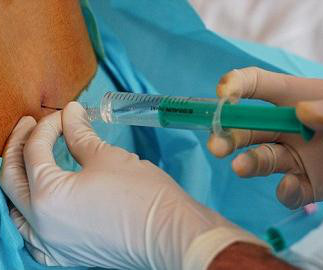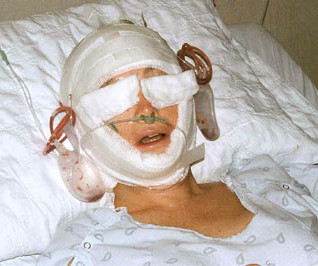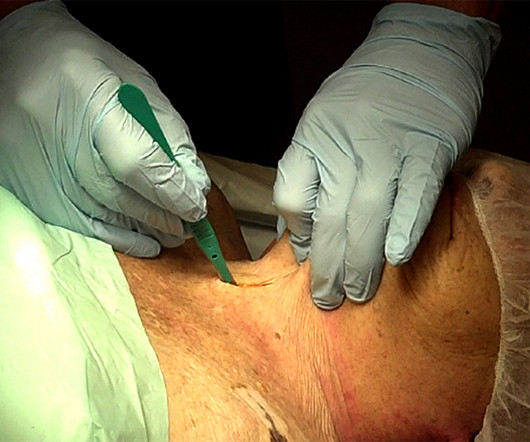ANESTHESIOLOGISTS: BEFORE YOU ADVANCE THAT NEEDLE. A CAUTIONARY TALE
The Anesthesia Consultant
OCTOBER 18, 2017
You discuss the procedure of a blood patch and he says, “Yes, that’s what I need. 3 You explain the blood patch procedure and its risks to the patient, he signs a consent, and you perform the blood patch within the hour. You withdraw the Tuohy needle and announce to the patient that the procedure is over. The patient objects.












Let's personalize your content